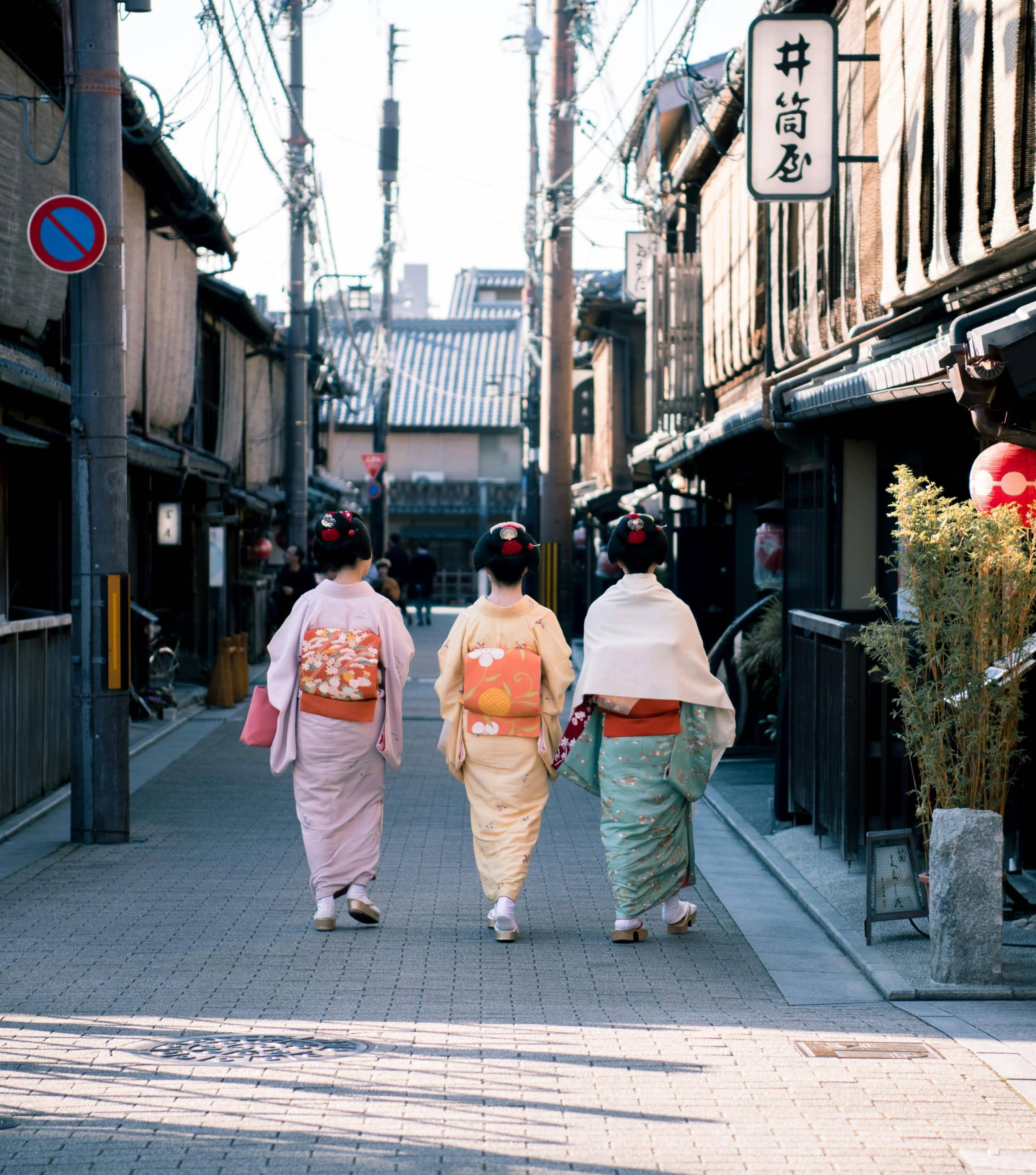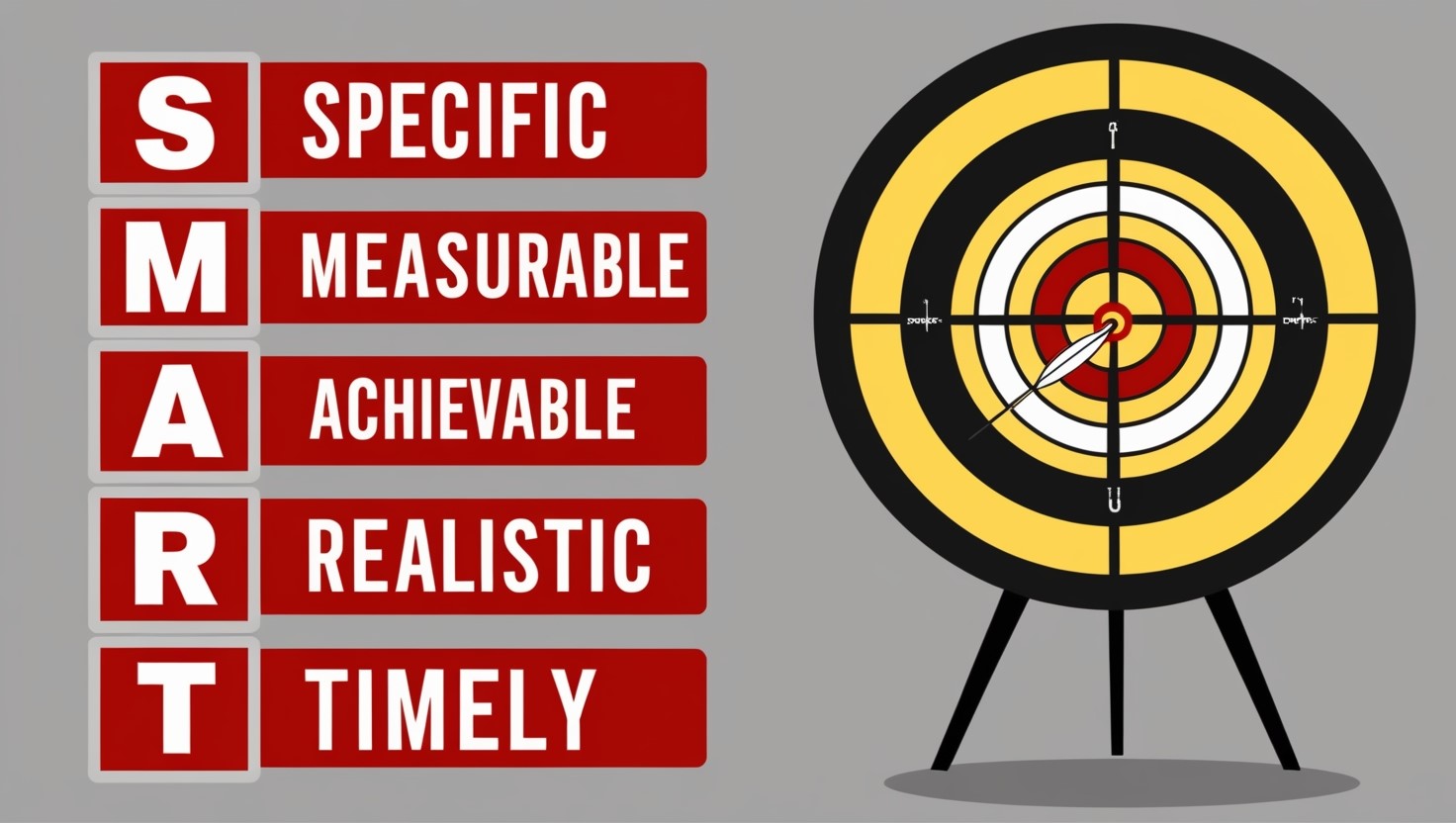Kakeibo is a famous Japanese personal finance management method, which involves recording all monthly expenses and income, then gradually adjusting to save more money.
“Memory may be vague but books are not” – This is a saying that affirms the Japanese style of personal finance management.
Most Japanese people own a Kakeibo notebook to record all daily income and expenses, so that they can control and balance income and expenses reasonably and quickly achieve the necessary financial goals.
What is Kakeibo?
Imagine you’re in control of your finances, with every penny accounted for and a clear path to achieving your goals.
This is exactly what Kakeibo offers – a powerful system for managing your money, rooted in Japanese culture and simplicity. Kakeibo, which translates to “household financial ledger,” is a budgeting method that helps you track your income and expenses, identify areas for improvement, and make conscious financial decisions.
How Kakeibo Works
Your Kakeibo journey begins with a simple notebook where you set clear financial goals and break them down into smaller, more manageable steps. This notebook is the core of your Kakeibo practice, and you’ll use it to track every aspect of your finances. You’ll start by identifying your income and expenses, then categorize them into needs, wants, and debt repayment.
You will use the following steps to take control of your finances:
- Set a monthly budget based on your income and expenses
- Track all purchases and sales
- Categorize expenses into needs, wants, and debts
- Review and adjust your budget regularly
Benefits of Using Kakeibo
By practicing Kakeibo regularly, you can expect to see significant improvements in your financial management skills. This traditional Japanese budgeting method helps you set clear goals and prioritize your spending. Additionally, by tracking your income and expenses, you will identify areas where you can cut back and allocate your resources more efficiently.
You’ll have the power to achieve your financial goals and move toward a more secure and prosperous future.
Using Kakeibo, you will develop a stronger sense of financial discipline and responsibility. You’ll learn to differentiate between essential and non-essential spending, making it easier for you to make better decisions about your money.
You’ll avoid impulse purchases and focus on your long-term goals.
As you master Kakeibo, you’ll reduce your financial stress and anxiety. When you have a clear picture of your finances, you’ll feel more in control and more confident in your money management abilities.
Kakeibo vs. Modern Budgeting Tools
Modern financial management tools range from digital spreadsheets to mobile apps, each of which promises to help you manage your money more effectively. But how do these modern tools compare to Kakeibo, Japan’s traditional method of personal finance? The answer lies in how you approach budgeting.
While digital tools offer instant calculations and automatic tracking, Kakeibo offers a more hands-on, introspective experience. By recording your income and expenses, you gain a deeper understanding of your financial habits and are more likely to make changes.
The benefits of Kakeibo over modern budgeting tools include:
- Tactile experience: Writing down your finances helps you connect with money on a deeper level.
- Distraction-free: Unlike digital tools, Kakeibo doesn’t bombard you with notifications and ads.
- Improved cognitive function: The act of writing enhances your memory and cognitive skills.
- Holistic approach: Kakeibo encourages you to consider your financial goals and priorities in the context of your overall well-being.
Tips for Successfully Implementing Kakeibo
10-second rule
Before buying essential items, you need to make a list at home. If you go to the store and there are additional items not on the list, you should wait 10 seconds to think about the need for this item. If you really don’t need it, quickly skip it.
30-day rule
When you are aiming for a high-value item but don’t know if you will actually use it or not, you should wait exactly 30 days to decide.
During these 30 days, if this item is not important, you will probably forget about this need. Slow buying helps you avoid wasting money, saving it for more beneficial purposes such as investing or accumulating money.
Always set aside an emergency reserve
This amount of money is for unexpected situations, you will not panic and be surprised, unable to handle the money immediately. For those who have established discipline according to the Kakeibo method, there is a high possibility that at the end of the month, there will still be a little money left over.
You should accumulate this amount of money, even if it is small, but the process of saving small will become big, emergency money is never too much.
Japan is a country that is very proficient at rearranging life. A cleaning master brought joy to the whole world when introducing the concept of wabi-sabi to help us accept the imperfection in our daily lives. And now, we can add the Kakeibo money saving method to our knowledge base to help our financial situation, bringing them back to a balanced orbit. Hopefully, the information that Wealth Yoda brings will be useful to you. Good luck!



